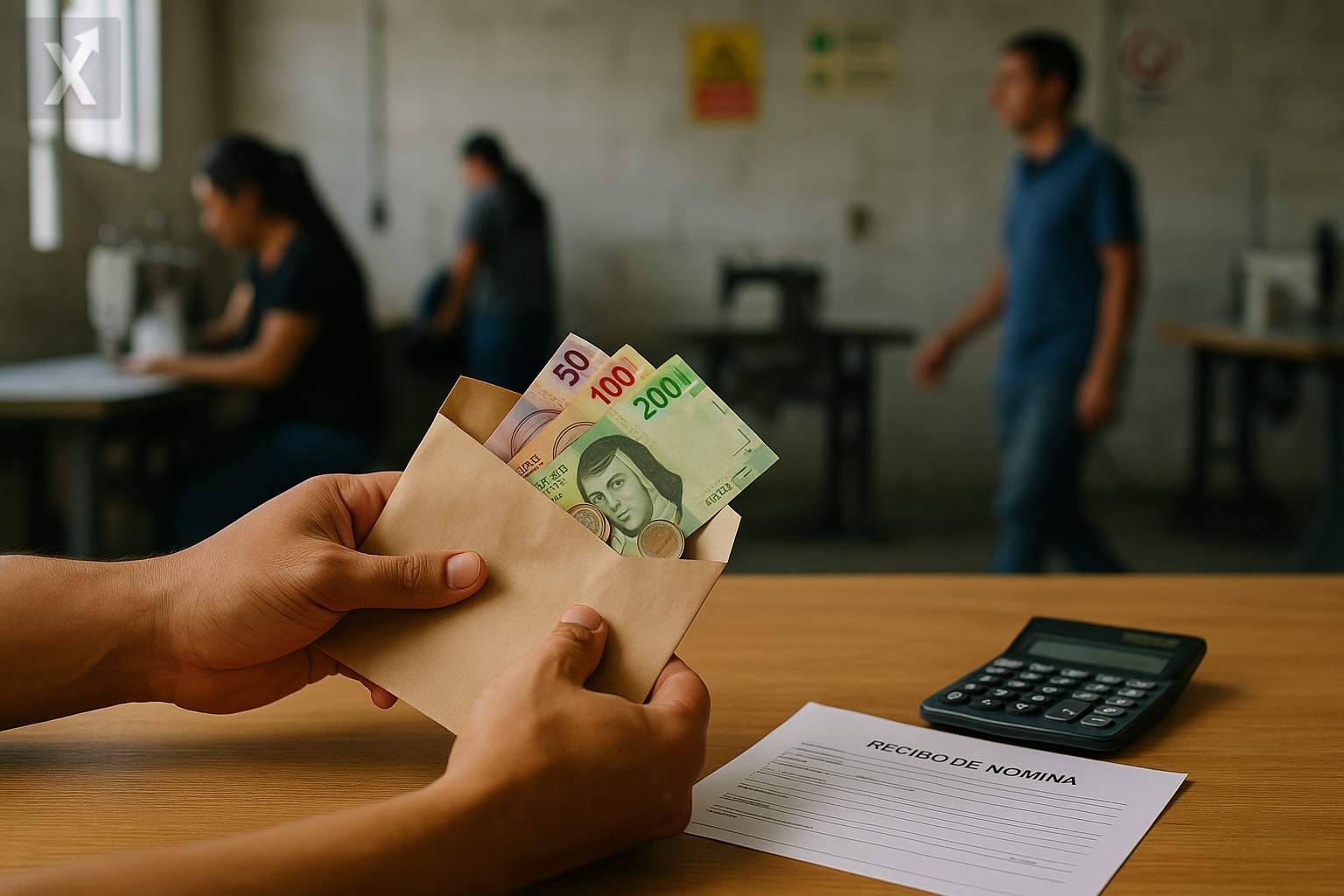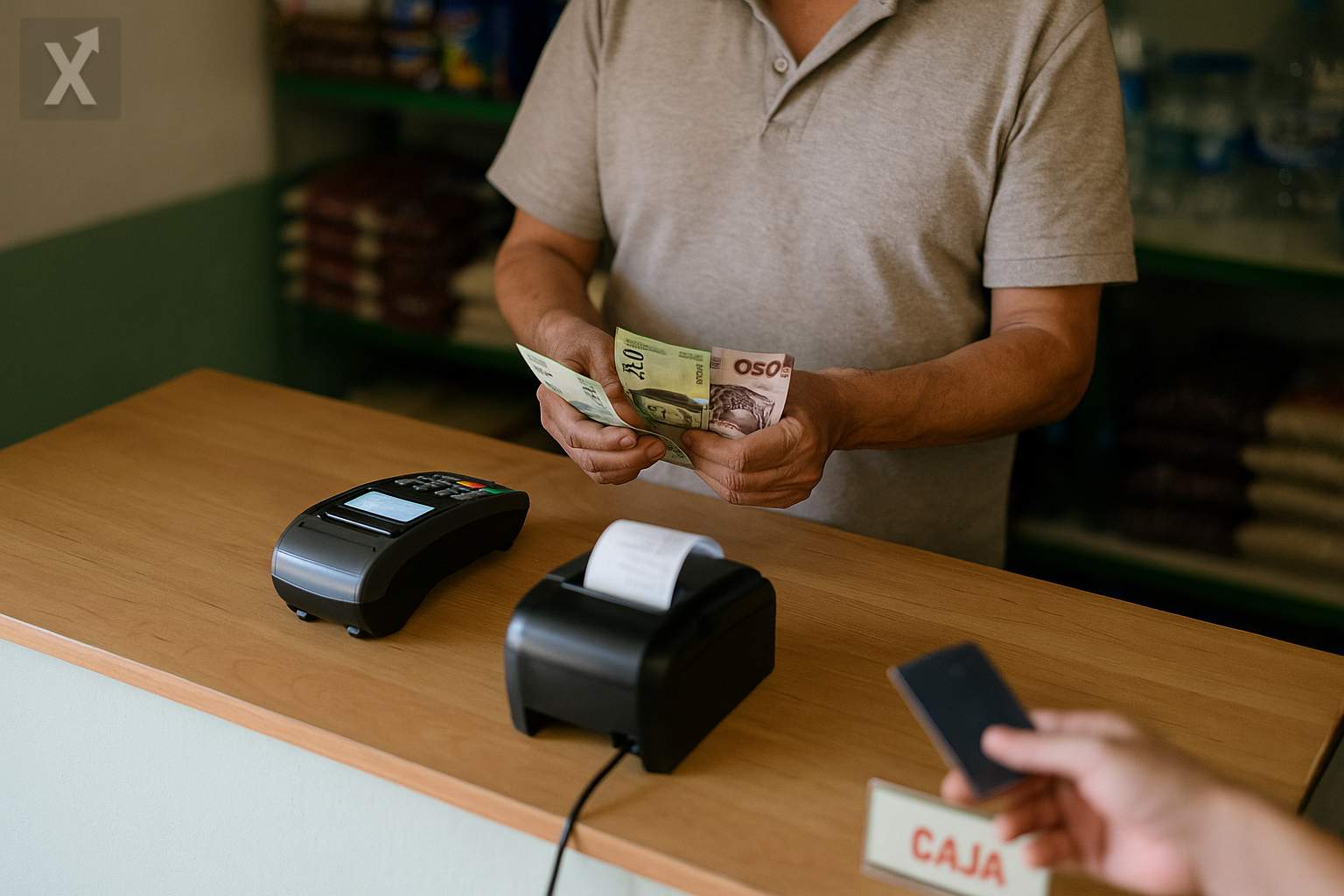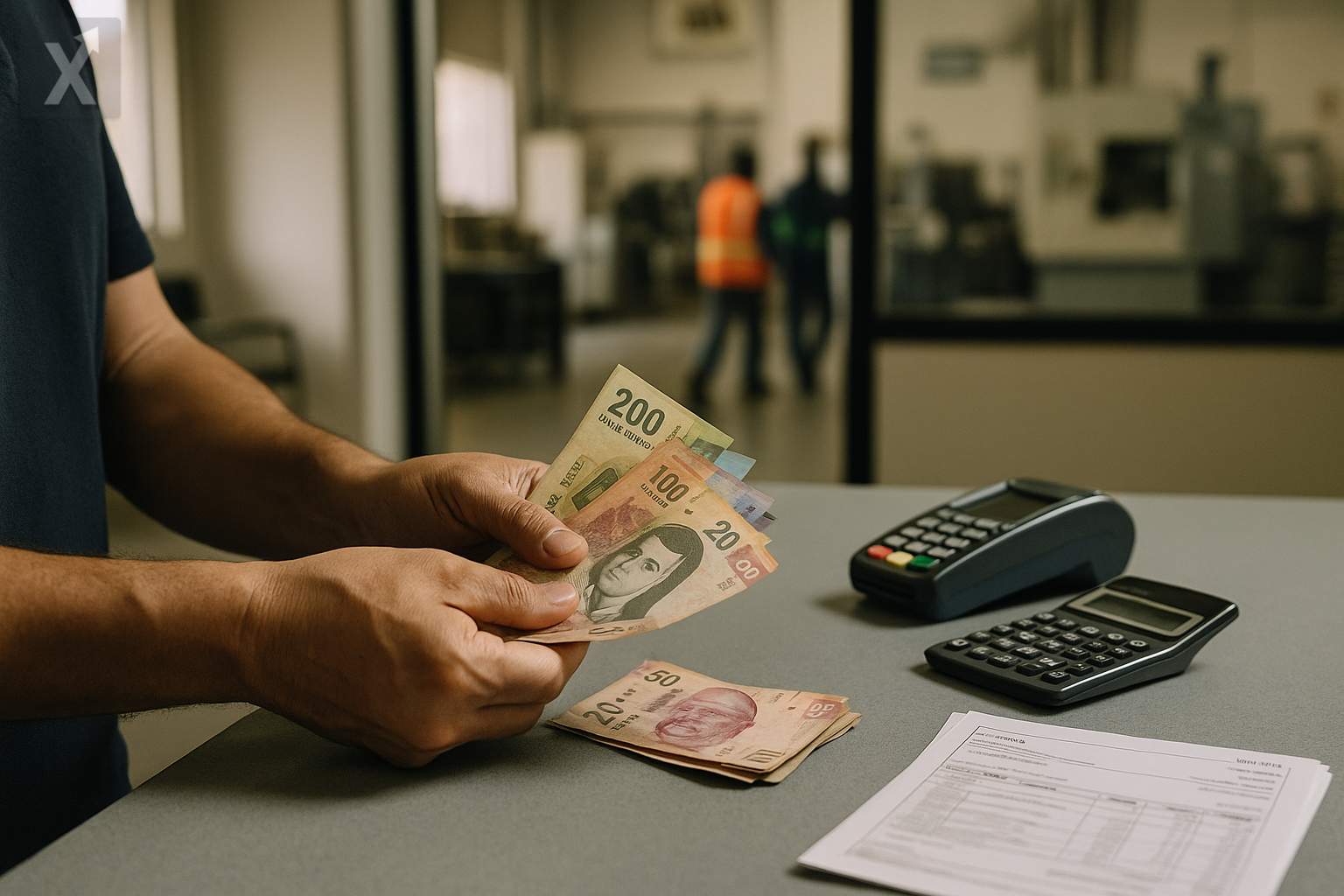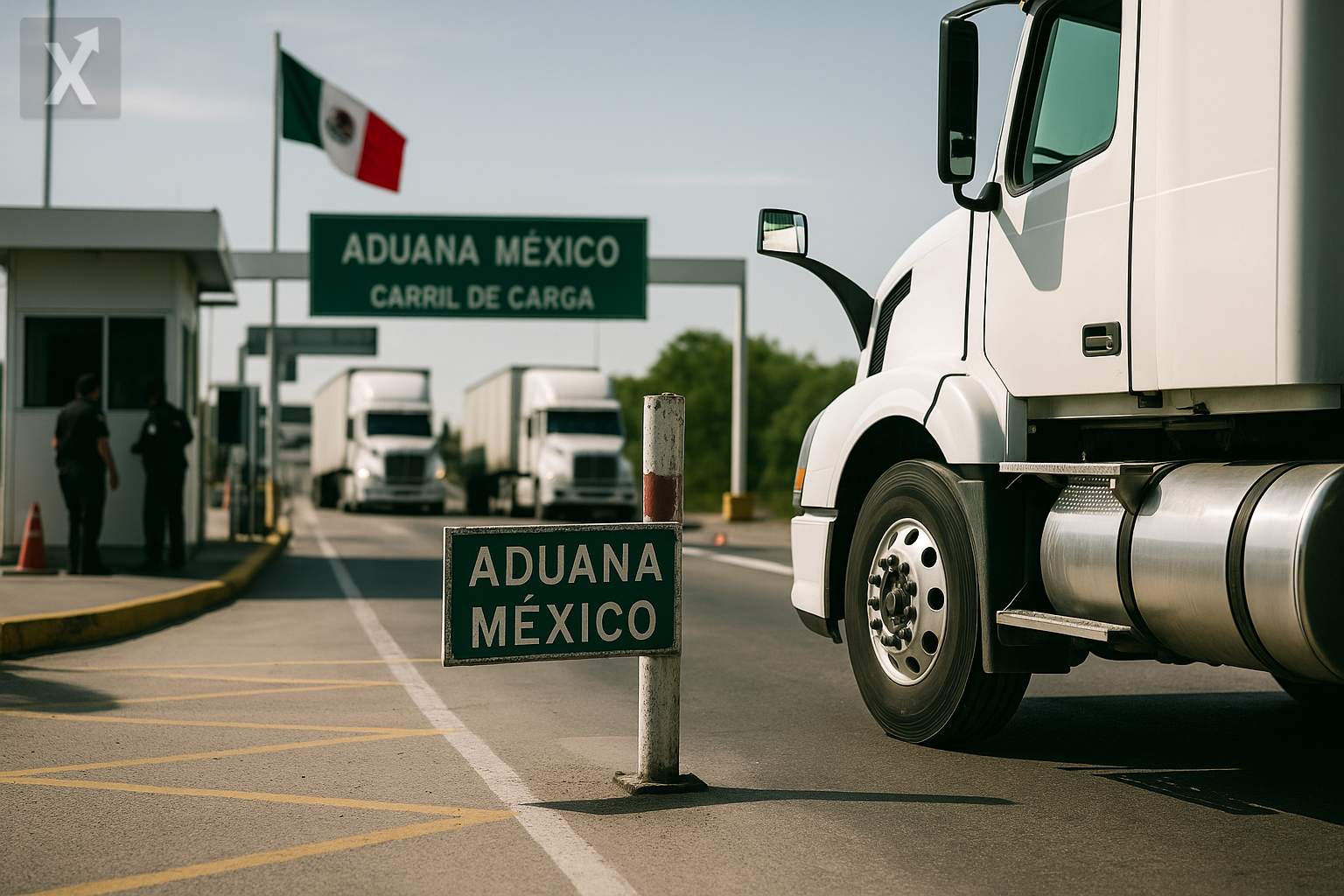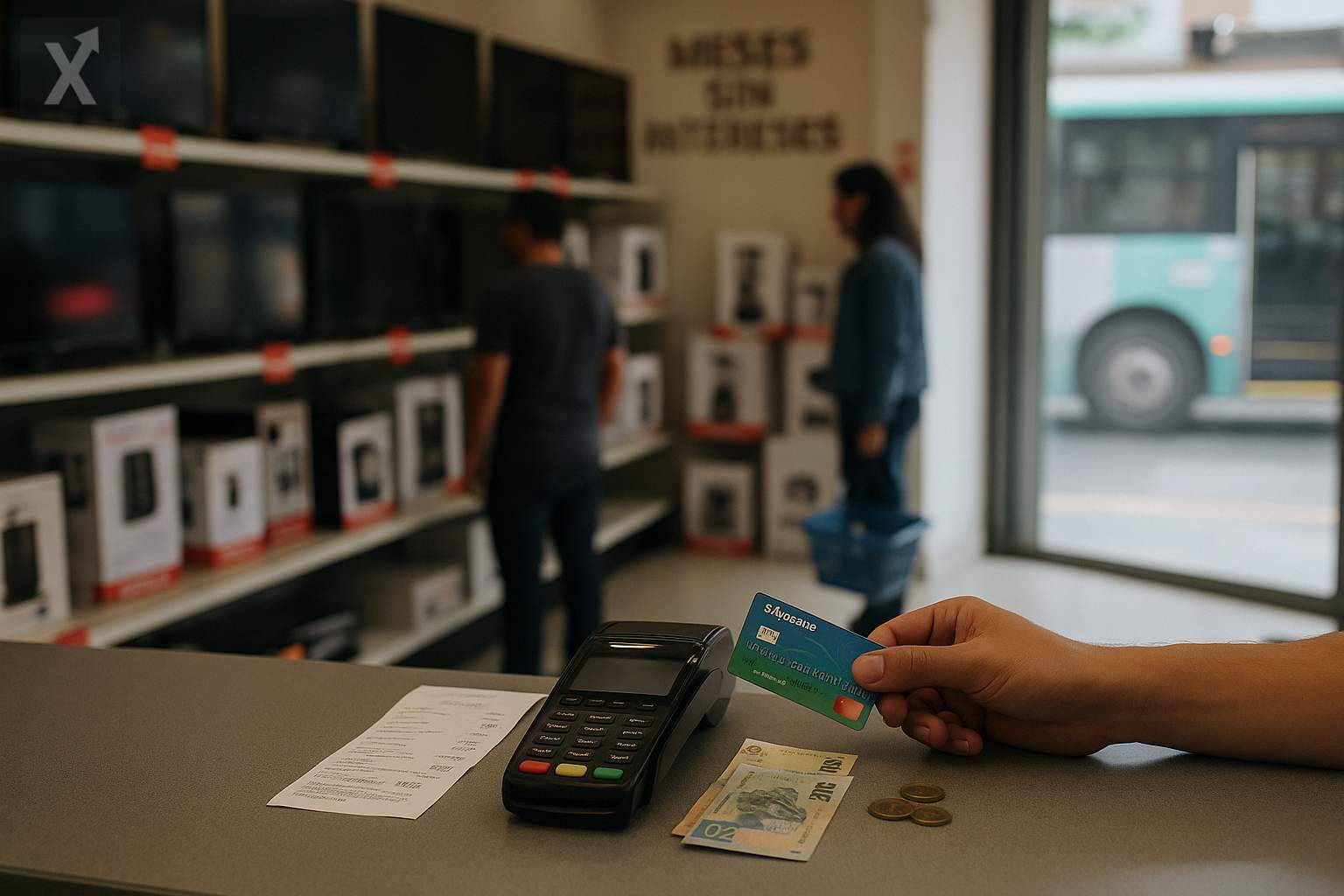International Debate on the Euro Sparks Reflection on Reserve Diversification in Mexico
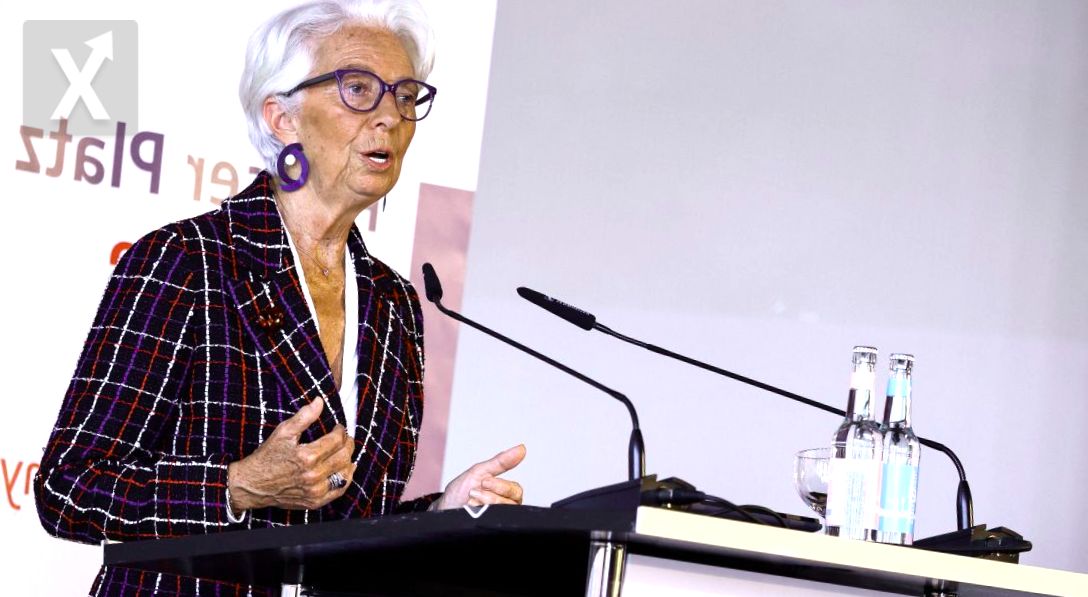
The possibility that the euro could become a viable alternative to the dollar in international markets has become a subject of debate after Christine Lagarde, President of the European Central Bank (ECB), called for a strengthening of the eurozone’s financial and security architecture. While the dollar remains dominant, accounting for roughly 58% of global foreign exchange reserves, it has shown signs of declining influence. The euro, meanwhile, holds about 20%—a figure that has remained virtually unchanged for decades.
Lagarde recently argued that for Europe to gain a greater role in the global economy, it must move towards deeper financial integration by developing its capital markets and bolstering its legal frameworks. According to the ECB President, the euro will only be able to attract a more significant share of global reserves if the monetary union backs its currency with greater economic cohesion and security capability, reflecting a stronger alliance between member countries.
This debate is particularly relevant for emerging economies like Mexico, whose economy is highly exposed to the global dynamics of the dollar. The Mexican peso is one of the most traded emerging market currencies, and traditionally, the majority of Mexico’s international reserves—managed by the Bank of Mexico—are held in U.S. dollars. This orientation is justified by Mexico’s strong trade ties with the United States, its main partner under the USMCA (United States-Mexico-Canada Agreement).
However, discussions about potential changes in the international monetary order invite reflection on the need to diversify Mexico’s international reserves, as well as its exposure to dollar volatility and shifts in U.S. economic policy. Like other open economies, Mexico is closely monitoring developments at the ECB and the potential effects that greater internationalization of the euro could have on borrowing costs and risk management in the face of sanctions or global financial turbulence.
For now, structural challenges within the eurozone—such as fragmented capital markets and the absence of a safe asset comparable to the U.S. Treasury bond—limit the pace at which the euro could gain ground against the dollar. Moreover, the idea of joint debt issuance continues to face resistance from member countries, particularly Germany, making the establishment of a true alternative global currency a medium- to long-term prospect.
In short, the debate led by Europe about the future of the euro underlines how important it is for Mexico to actively monitor the evolving international financial landscape. While an immediate departure from the dollar as the main reserve currency is not expected, Mexican policymakers will need to consider both the opportunities and the challenges presented by a more multipolar environment for international reserves, exchange rate stability, and access to global financing.
